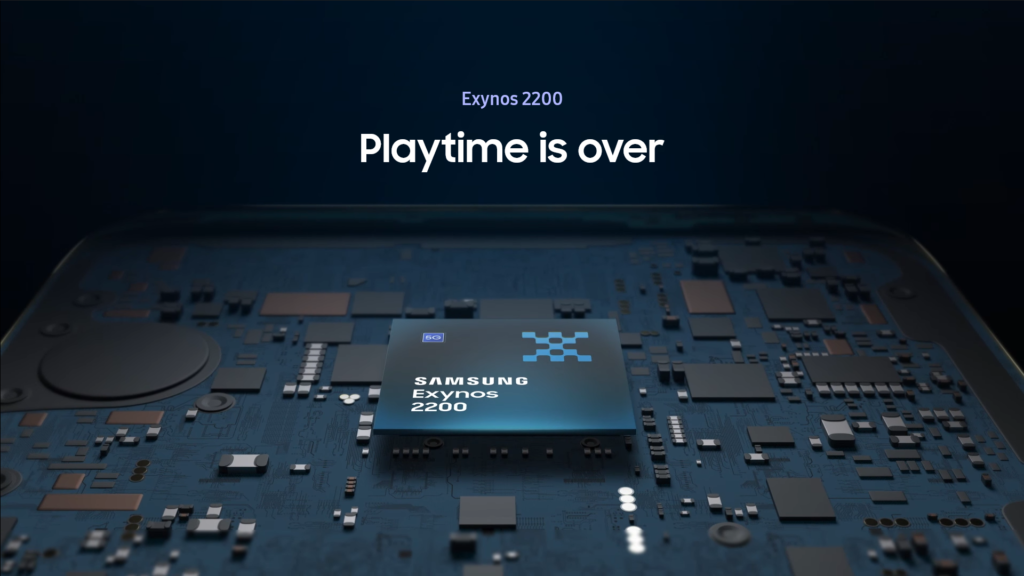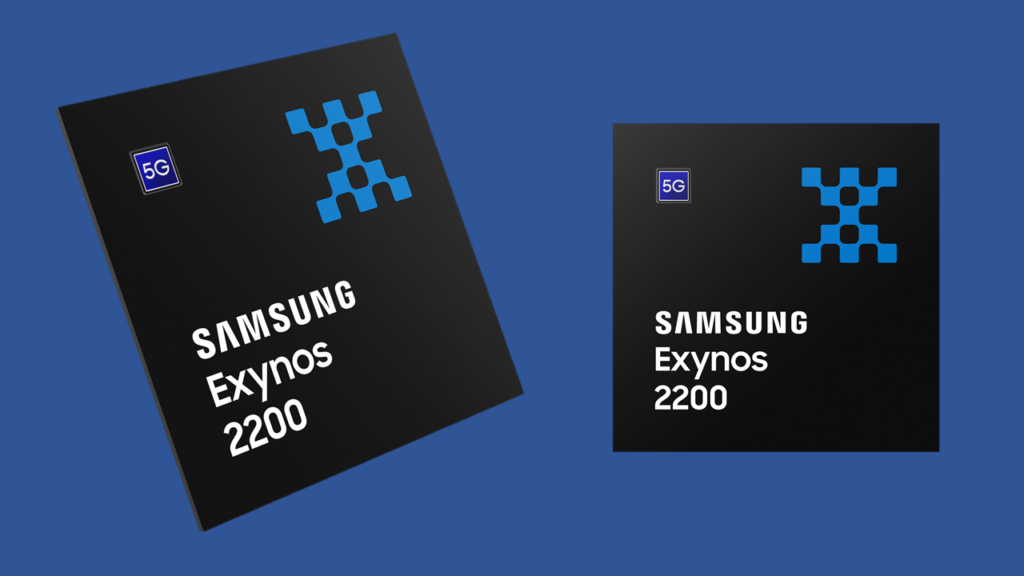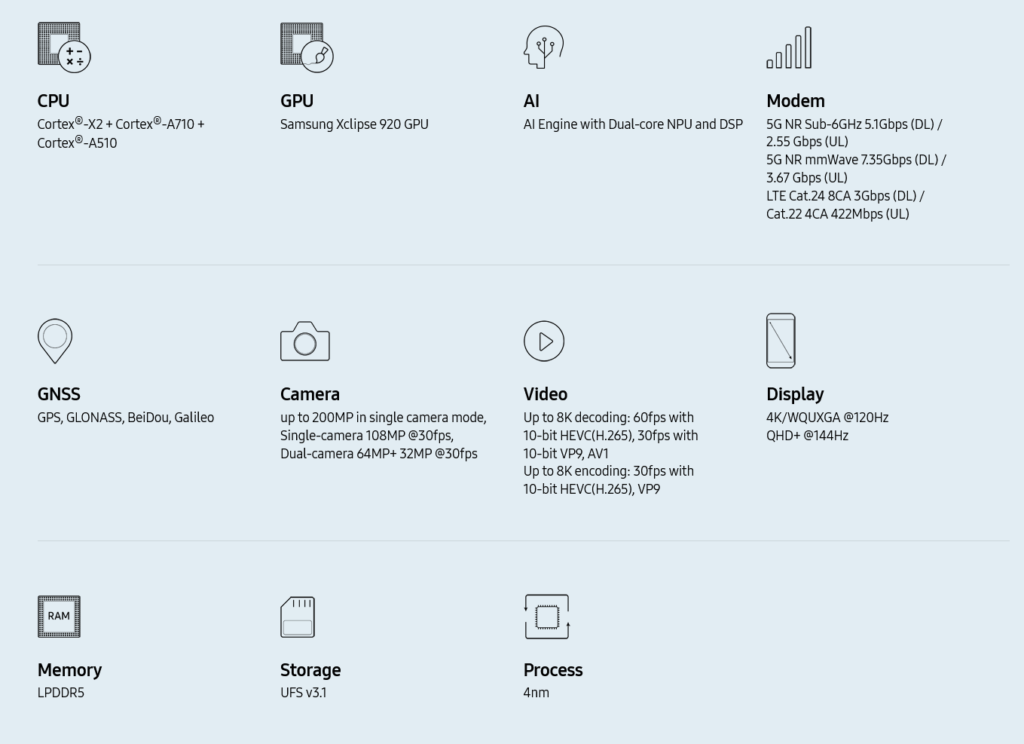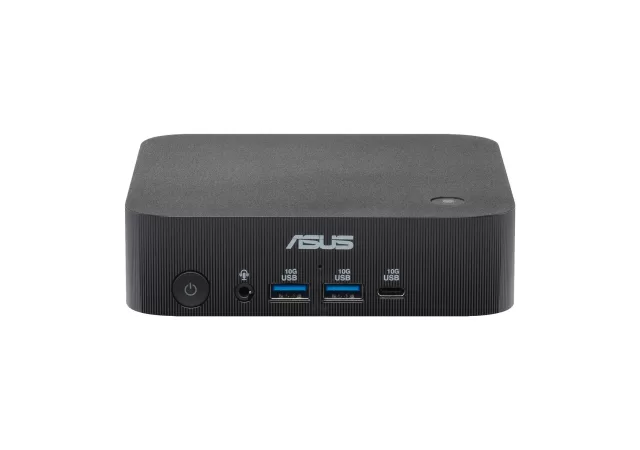Samsung’s much anticipated Exynos 2200 with AMD’s RDNA 2 architecture incorporated in its GPU is finally official. The partnership was initially announced back in 2019 and has been one of the most anticipated developments in mobile silicon. The new system on a chip (SoC) will be making its official, commercial debut with the release of Samsung’s next flagship smartphone – the Galaxy S22 series.

Better Security & 5G Connnectivity
The new Exynos 2200 will be one of the first commercially available processors to use the new ARMv9 standard bringing new advancements that provide better overall security. The SoC is made using 4nm technology with a more power-efficient architecture. It consists of one ARM Cortex X2 flagship core with 3 high-performance Cortex 710 big-cores and 4 power-efficient Coretex 510 small-cores. The octa-core SoC comes with a more powerful neural processing unit (NPU) which has double the performance of the previous generation thanks to the increased number of parallel computations that can be done. The more powerful NPU translates to better AI performance with increased precision thanks to the employment of FP16 (16bit floating point) in combination with the power-efficient INT8 and INT16.

It’s a fully capable 5G equipped processor. The Exynos 2200 supports both sub6 and mmWave spectra thanks to the incorporation of a 3GPP Release 16 5G modem. Samsung is also boasting higher connectivity speeds of up to 10Gbps with its incorporation of E-UTRAN New Radio Dual Connectivity (EN-DC).
On the imaging side of things, the new Exynos 2200 will come with an image signal processor (ISP) which is able to support up to 200-megapixel resolution. It also has support for up to 108-megapixel sensors and combinations of 64+36-megapixel sensors at 30fps and up to 8K or 4K HDR video.
XClipse – Enabling Next Generation Content with Ray Tracing with AMD RDNA 2 Technology
The crowning glory of the Exynos 2200 comes in the form of its new XClipse hybrid graphics processor. The new GPU is using AMD’s RDNA 2 architecture to unlock graphics that have been, until now, reserved for consoles and PCs. Using the RDNA2 architecture, the new SoC is unlocking both Ray Tracing (RT) and variable rate shading (VRS). What’s more, these technologies will be able to run natively on the hardware rather than remotely through the cloud.
Ray Tracing technology will allow mobile gaming to level up significantly. The technology will allow game developers to mimic the behaviour of light more realistically in games. Details such as the colour, angle and characteristics of light rays as they interact, bounce and refract off surfaces can be simulated more accurately with RT. To ensure that performance isn’t sacrificed when deploying RT, developers can also take advantage of VRS which allows them to prioritise rendering to items that will affect the overall gaming experience. Items in the background can be deprioritised with lower frame rates to allow better processing and resource management. This would translate into better performing graphics particularly when it comes to gaming.
The Exynos 2200 is entering mass production as of this announcement. It’s poised to make its official debut together with Samsung’s upcoming Galaxy flagship – the Galaxy S22 series.
Official Specifications






